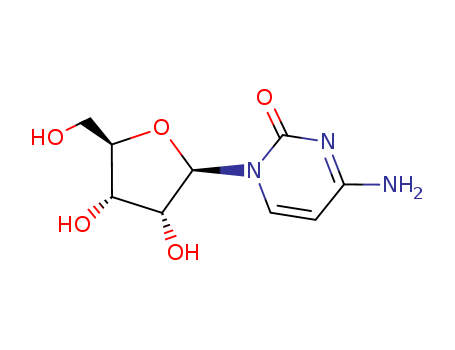10.1002/hlca.201300043
The research focuses on the synthesis and characterization of oligonucleotide analogues with integrated bases and backbone (ONIBs), specifically targeting the self-complementary thiomethylene-linked octanucleoside. The purpose of this investigation is to demonstrate that the structural differentiation of oligonucleotides into a contiguous backbone and appended nucleobases is not a prerequisite for pairing or the formation of defined conformers. The research aims to create ONIBs that can pair in aqueous solutions, challenging the traditional structure of nucleic acids. Key chemicals used in the synthesis process include various nucleoside derivatives, such as guanosine, cytidine, and uridine, along with protecting groups like methoxytrityl (MMTr) and isopropylidene groups. The conclusions drawn from the study indicate that the pairing properties of these analogues are influenced by the sequence of nucleobases and the constitution and conformation of the linking elements. The study successfully synthesized and analyzed the structures of the target octanucleosides, revealing that the fully deprotected octanucleoside forms a duplex with complete base pairing, while the partially protected version forms a mixture of associated species with at most four Watson-Crick base pairs.
10.1021/jm00121a016
The study primarily focuses on the synthesis and evaluation of various nucleoside analogues as potential anti-HIV agents. The researchers synthesized a series of 1',2'-seco-dideoxynucleosides, including cytidine (12), guanosine (14), adenosine (16), and inosine (18) analogues, starting from (R)-benzylglycidol. These compounds were prepared through a series of chemical reactions involving epoxidation, alkylation, and debenzylations. The synthesized compounds were then tested for their antiviral activity against HIV-1 in ATH8 cells and their cytotoxicity in uninfected human PBM cells. Additionally, the study also evaluated the compounds for activity against HSV-1 and HSV-2 using plaque reduction assays in Vero cells. The results indicated that these nucleoside analogues did not show significant antiviral activity against HIV-1 compared to the reference compound ddAdo. The study provides insights into the chemical synthesis of these nucleoside analogues and their potential as antiviral agents, highlighting the importance of further research to optimize their structures for enhanced activity.





